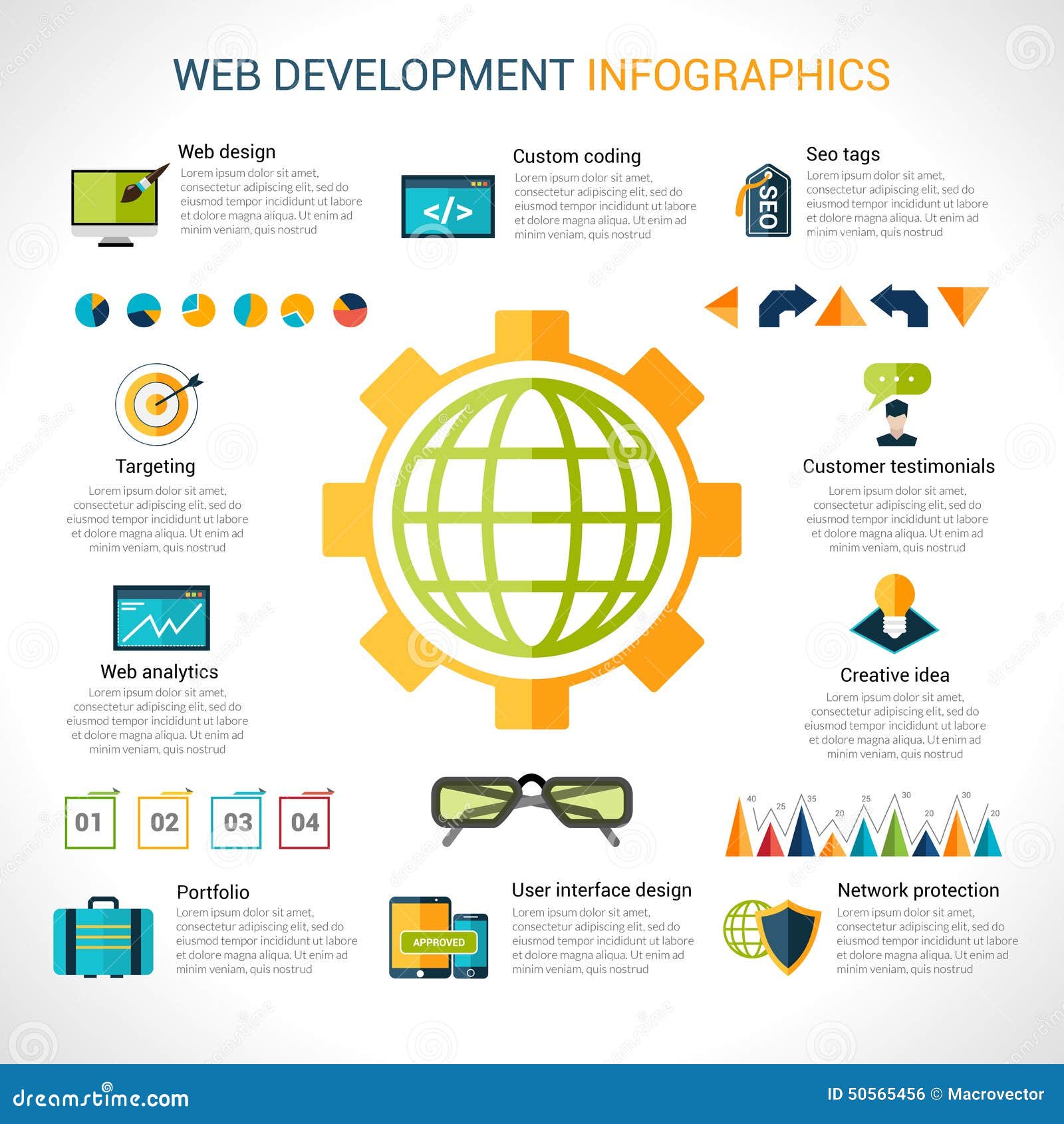Interested In Discovering Just How Web Site Layout Has Progressed? Explore The Trip From Straightforward Styles To User-Centric Approaches
Interested In Discovering Just How Web Site Layout Has Progressed? Explore The Trip From Straightforward Styles To User-Centric Approaches
Blog Article
Content Writer-Monroe Singer
In the past, web sites were basic and focused on details. Navigation was straight, and style was for desktop computers. Now, ada compliance with websites is vital. https://www.fool.com/the-ascent/small-business/articles/marketing-strategies/ overviews styles for easy navigating. Responsive formats fit various devices. Today, dark setting decreases pressure, and minimalist menus improve navigating. Interactive attributes engage individuals, and strong visuals stick out. AI assimilation boosts engagement. See how design has actually evolved to boost your on-line trip.
Early Days of Website Design
In the very early days of website design, simplicity reigned supreme. Sites were basic, with restricted shades, typefaces, and layouts. The emphasis was on giving information as opposed to fancy visuals. Users accessed the internet via sluggish dial-up links, so speed and functionality were essential.
Navigation food selections were straightforward, commonly situated on top or side of the web page. Internet sites were created for home computer, as mobile surfing had not been yet common. Material was king, and developers focused on easy readability over complicated style components.
HTML was the main coding language utilized, and designers had to work within its restrictions. Computer animations and interactive features were minimal contrasted to today's criteria. Websites were fixed, with little dynamic content or individualized customer experiences.
Increase of User-Focused Style
With the evolution of internet site layout, a change towards user-focused style concepts has actually become significantly prominent. Today, developing web sites that focus on individual experience is crucial for involving site visitors and attaining company goals. User-focused design involves recognizing the requirements, choices, and habits of your target market to customize the website's format, web content, and features as necessary.
Developers now carry out comprehensive research study, such as individual studies and use testing, to gather insights and feedback directly from users. This data-driven technique aids in producing instinctive navigation, clear calls-to-action, and aesthetically enticing interfaces that resonate with visitors. By putting the individual at the facility of the layout procedure, websites can deliver a much more customized and pleasurable experience.
Responsive design has likewise emerged as a crucial aspect of user-focused design, making certain that internet sites are enhanced for numerous devices and display dimensions. This adaptability improves access and usability, catering to the diverse methods customers communicate with sites today. In essence, the increase of user-focused layout represents a shift towards developing digital experiences that focus on the requirements and expectations of completion user.
Modern Trends in Website Design
Explore the most up to date trends shaping website design today. One famous trend is dark mode style, supplying a sleek and modern look while decreasing eye pressure in low-light atmospheres. One more vital trend is minimalist navigation, simplifying menus and enhancing user experience by concentrating on essential elements. Including micro-interactions, such as computer animated switches or scrolling effects, can create an extra engaging and interactive website. Receptive style remains crucial, guaranteeing smooth individual experiences across various gadgets. In addition, using vibrant typography and asymmetrical layouts can add aesthetic interest and draw attention to specific content.
Integrating AI innovation, like chatbots for consumer support or personalized suggestions, boosts customer involvement and simplifies procedures. Accessibility has also end up being a substantial trend, with designers focusing on inclusive layout methods to deal with varied customer needs. Accepting sustainability by enhancing internet site performance for speed and effectiveness is one more arising fad in web design. Teaming up with individual comments and information analytics to iterate and boost design continually is essential for remaining appropriate in the ever-evolving electronic landscape. By embracing these contemporary fads, you can create an aesthetically attractive, user-friendly site that reverberates with your audience.
Conclusion
As you assess the evolution of web site design from the early days to currently, you can see exactly how user-focused design has become the driving force behind modern-day fads.
Embrace the journey of change and adjustment in website design, always keeping the individual experience at the forefront.
Keep current with the latest fads and modern technologies, and never stop progressing your technique to develop aesthetically spectacular and straightforward websites.
Progress, adjust, and produce - the future of web design is in your hands.
